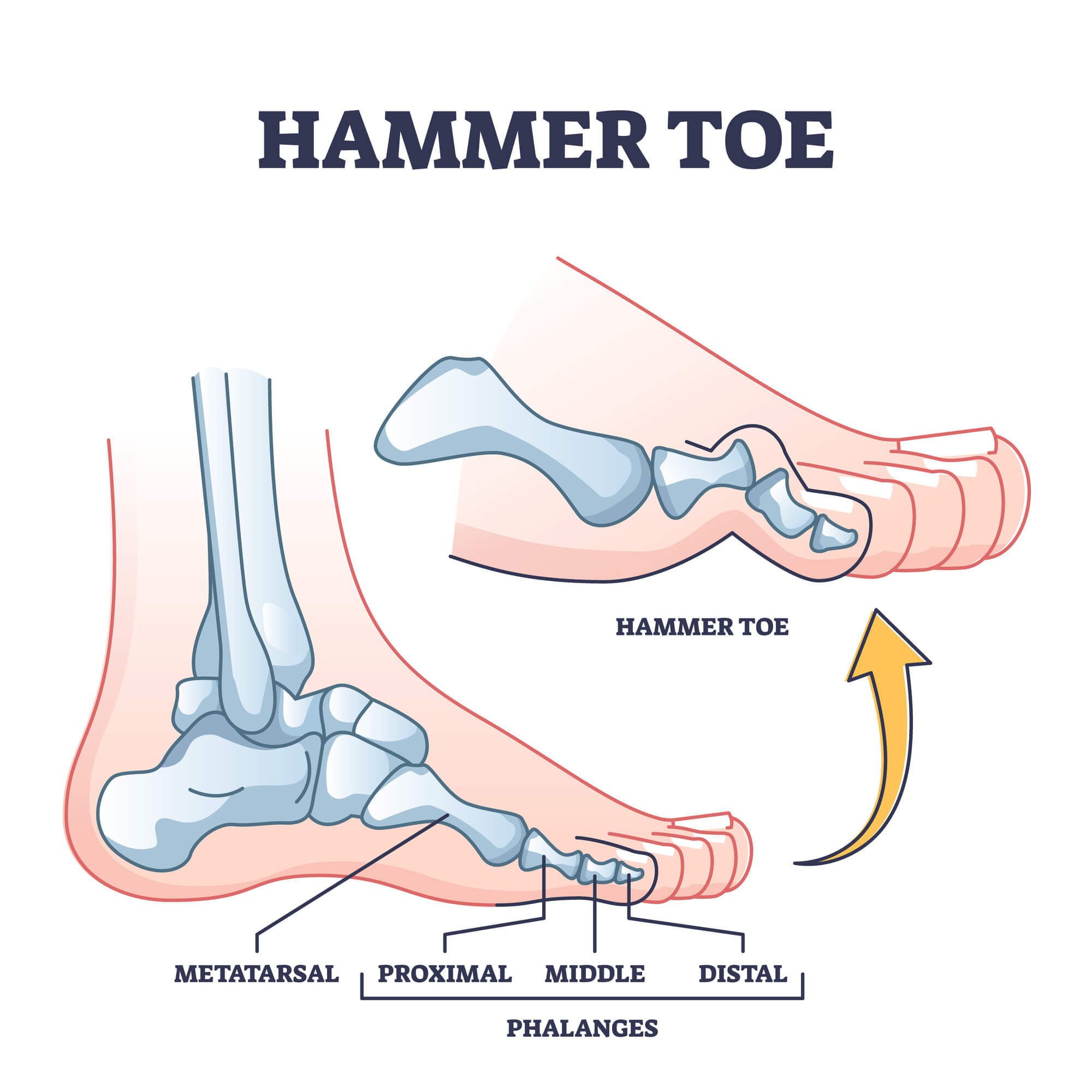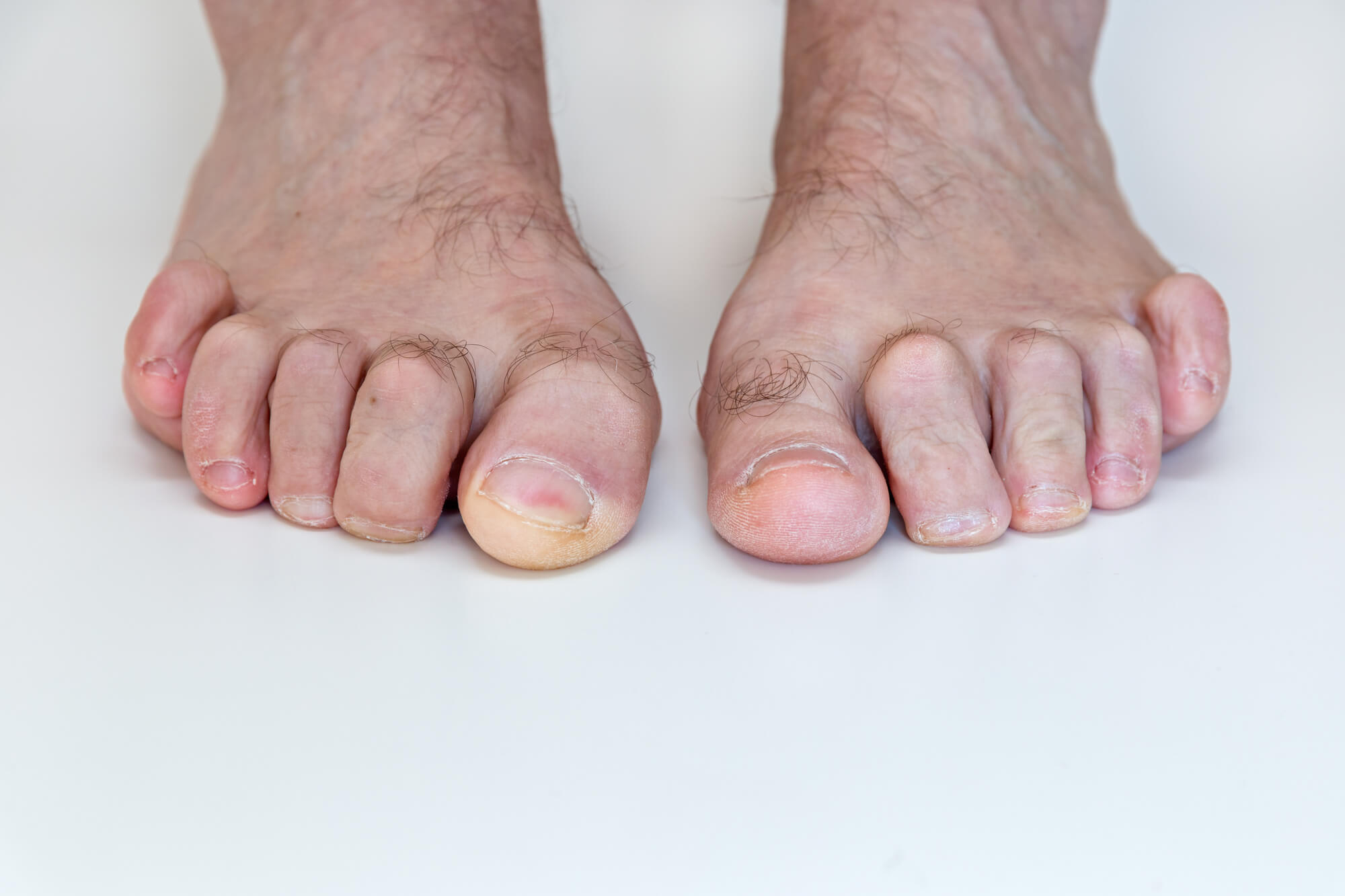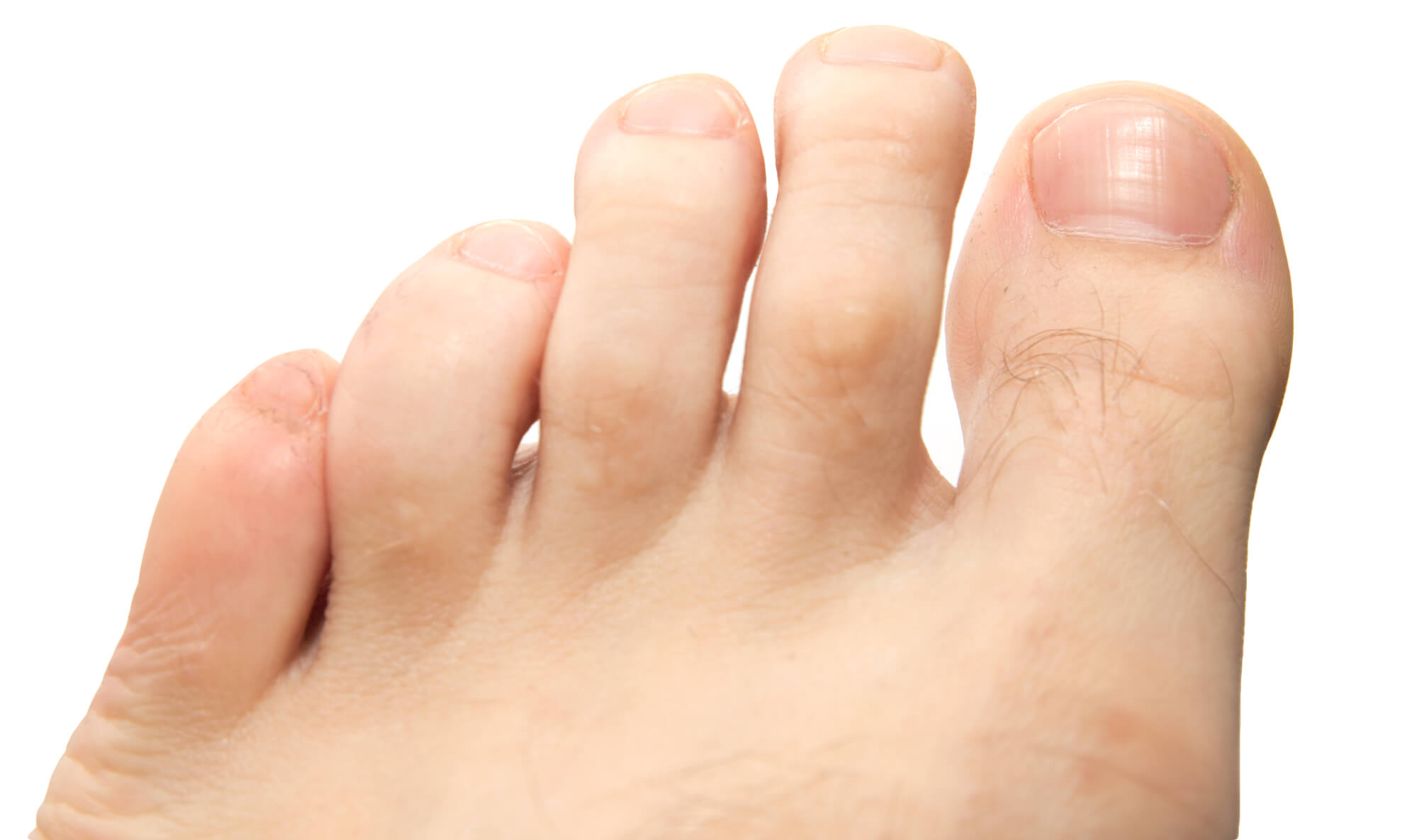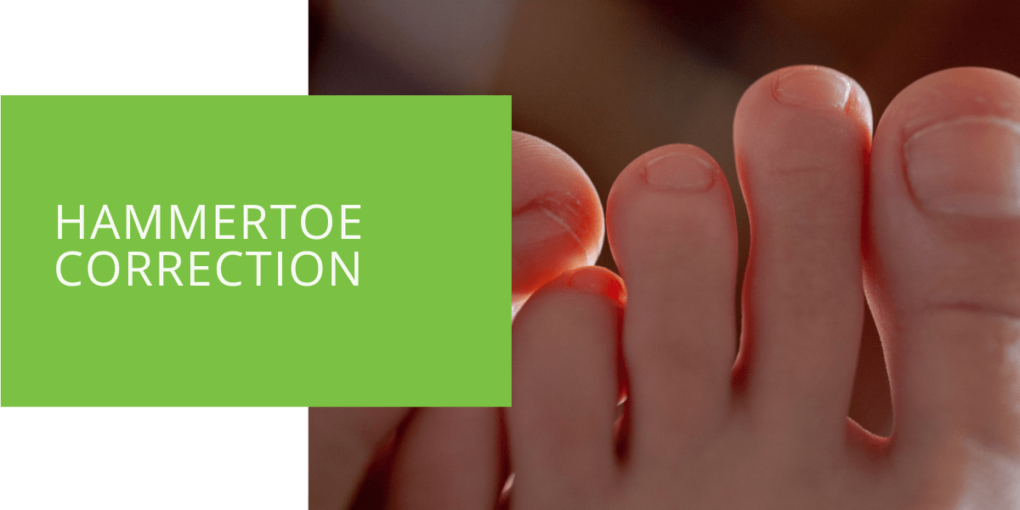Hammertoe Correction: What You Need to Know
If you are experiencing pain and discomfort in your toes due to a hammertoe deformity, you may wonder what your treatment options are. A hammertoe is a condition that affects the joints of the toes, causing them to curl or bend in an unnatural position. This deformity can be caused by various factors, including wearing tight or high-heeled shoes, flat feet or high arches, trauma or injury to the foot, and certain medical conditions.
This article will cover everything you need about hammertoe correction, including the causes, symptoms, treatment options, recovery and aftercare, and prevention. By understanding your options and taking the necessary steps, you can effectively manage and treat your hammertoes and improve the function and appearance of your foot.
What is a Hammertoe?
Definition
A hammertoe is a deformity that affects the joints of the toes, causing them to curl or bend in an unnatural position. This deformity can affect any toe on the foot, but it is most commonly seen in the second, third, and fourth toes.
Causes
Several factors can contribute to the development of hammertoes. These include:
- Wearing shoes that are too tight or have high heels can put excessive pressure on the toes and cause them to curl or bend.
- Having flat feet or a high arch can alter the toes' balance and alignment and lead to hammertoe deformities.
- Trauma or injury to the foot or toes, such as a sprained ankle or stubbed toe, can also lead to hammertoes.
- Certain medical conditions, such as arthritis or diabetes, can increase the risk of developing hammertoes.

Symptoms
Some of the most common symptoms of hammertoes include:
- Pain and discomfort when wearing shoes, especially shoes that are tight or have a narrow toe box.
- A bend or curl in the joint of the affected toe.
- Difficulty moving the toe or difficulty walking due to the deformity.
- Corns or calluses on the top or side of the bent joint due to rubbing against shoes.
If you are experiencing any of these symptoms, seeing a podiatrist for proper diagnosis and treatment is important.

Treatment Options
Conservative Treatment
For mild to moderate cases of hammertoes, a podiatrist may recommend conservative treatment options such as:
- Wearing properly fitting shoes with a wide toe box to alleviate pressure on the toes.
- Using pads, cushions, or other protective measures to reduce friction and protect the bent joint.
- Performing toe stretches and exercises to strengthen the muscles and improve flexibility in the toes.
- Using orthotic inserts or custom foot orthotics to help correct the alignment of the toes.
Surgical Treatment
For more severe cases of hammertoes, or if conservative treatment options have not been successful, a podiatrist or foot and ankle surgeon may recommend surgical correction. There are several different surgical options for hammertoe correction, including:
- Tendon transfer: In this procedure, the surgeon repositions the tendons in the affected toe to help straighten it.
- Arthroplasty: This procedure involves cutting and realigning the bone in the affected toe to correct the deformity.
- Fusion: During this procedure, the surgeon fuses the bones in the affected toe together to stabilize the joint and straighten the toe.
- Arthrodesis: Similar to fusion, this procedure involves fusing the joint in the affected toe to correct the deformity.
- Partial or total joint replacement (arthroplasty): In this procedure, the surgeon removes the damaged joint and replaces it with an artificial joint to correct the deformity.
The specific surgical procedure used will depend on the severity of the deformity and the patient's specific needs.

Recovery and Aftercare
Expected Timeline
The recovery timeline after hammertoe correction surgery will depend on the specific procedure performed and the individual patient's healing process. Patients generally expect to recover for several weeks to a few months.
During the early stages of recovery, the patient may wear a protective boot or splint to keep the affected toe immobilized. The surgeon will also provide specific instructions for caring for the incision site, such as keeping it clean and dry, and may recommend certain activities to avoid during recovery.
As the recovery progresses, the patient may be able to return to their normal activities gradually. Still, it is important to follow the surgeon's instructions and any physical therapy plans to ensure proper healing.
It is also important for the patient to attend follow-up appointments with the surgeon to monitor their progress and ensure that the toe is healing properly. The surgeon may adjust the treatment plan based on the patient's progress.
Overall, the patient needs to be patient and follow their recovery plan closely to ensure a successful outcome from hammertoe correction surgery.

Managing Pain and Discomfort
After surgery, the patient may experience pain and discomfort in the affected toe and surrounding area. The surgeon will prescribe pain medication to help manage this discomfort, and the patient needs to take the medication as directed. The patient may also be advised to ice the affected area and elevate the foot to help reduce swelling.
Physical Therapy and Rehabilitation
In some cases, the patient may be advised to undergo physical therapy and rehabilitation to help strengthen the muscles and improve flexibility in the affected toe. This may involve exercises and stretches at home or in a physical therapy setting.

Preventing Hammertoe Recurrence
Wearing Proper Footwear
One of the most effective ways to prevent hammertoe recurrence is to wear properly fitting shoes with a wide toe box and low heels. This will help alleviate pressure on the toes and reduce the risk of deformities.
Stretching and Strengthening Exercises
Stretching and strengthening exercises can also help prevent hammertoes by improving flexibility and muscle strength in the toes. Some exercises that may be recommended include:
- Toe stretches: Gently pull the toes back and hold for a few seconds before releasing.
- Toe curls: Use a towel or resistance band to perform curls with the toes.
- Toe spreads: Spread the toes as far apart as possible and hold for a few seconds before releasing.
Regular Foot Exams and Maintenance
Patients need regular foot exams and maintenance, especially if they are at higher risk for developing hammertoes. This may involve trimming the toenails properly, using moisturizers to prevent dry skin, and regularly checking for any signs of deformities or other foot conditions.
Conclusion
Hammertoe correction can help alleviate pain and discomfort caused by toe deformities and improve the overall function and appearance of the foot. Patients can effectively manage and treat hammertoes by seeking treatment from a podiatrist, following a proper recovery plan, and taking preventive measures.

